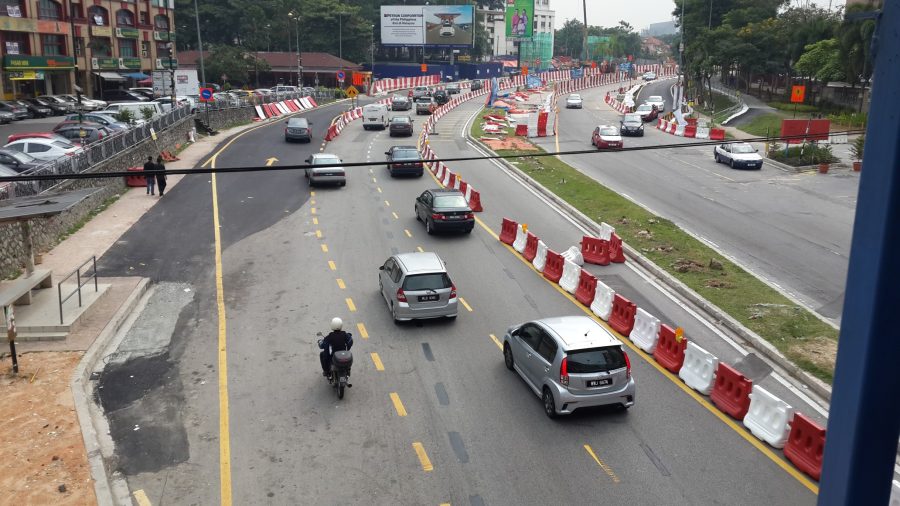Introduction to Work Zone Safety
Work zones are an essential aspect of maintaining and upgrading our road infrastructure. However, these zones can pose significant safety risks to both travelers and workers if not managed properly. Proper traffic control is crucial to mitigate these risks and ensure the smooth flow of traffic through these areas. In this context, Salus Traffic Control Services plays a vital role in implementing effective strategies to maintain safety and efficiency.
The Importance of Strategic Planning
The first step towards ensuring traveler safety in work zones is strategic planning. This involves assessing the work zone area, understanding the traffic patterns, and identifying potential hazards. Effective planning ensures that necessary safety measures are implemented before the work begins, thereby reducing the likelihood of accidents. It also includes setting up proper signage and barriers that are visible and easily understandable by travelers, guiding them safely around or through the work zone.
Implementation of Advanced Traffic Control Measures
Once the plan is in place, the next step is the implementation of advanced traffic control measures. These include the use of state-of-the-art traffic control equipment like cones, barricades, electronic signs, and more. These tools are essential for guiding travelers and ensuring that they pass through work zones without confusion or delay. Salus Traffic Control Services emphasizes the use of technology and equipment that meet the highest standards of safety and efficiency, which is crucial in maintaining order and preventing traffic-related incidents in work zones.
Continuous Monitoring and Adjustment
Effective traffic control does not end with the implementation of initial measures. Continuous monitoring of the work zone and its surrounding traffic is necessary to adjust the controls as needed. This dynamic approach helps in responding to any unforeseen changes or emergencies that might occur, thereby minimizing potential disruptions and maintaining safety. Regular training for workers on safety protocols and the latest traffic control techniques is also integral to this process.
Conclusion: Commitment to Safety
Ensuring the safety of travelers passing through work zones requires a committed effort towards strategic planning, implementation of advanced traffic control measures, and continuous monitoring. By adopting these practices, traffic control companies can provide a secure environment for both travelers and workers. With a focus on high standards and adaptive strategies, traffic control services play an indispensable role in safeguarding our roads during essential maintenance and construction activities. The commitment to safety and efficiency is paramount, and with the right approach, it is possible to achieve a significant reduction in work zone accidents and ensure a smooth traffic flow.




